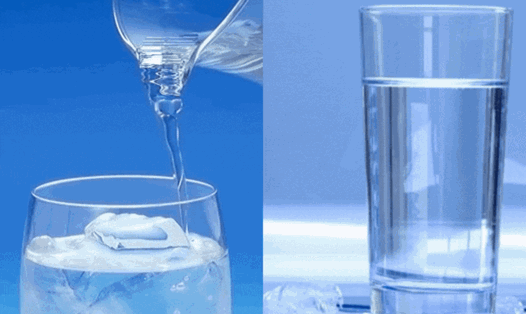Symptoms of hyponatremia
Normal blood sodium levels range from 135 to 145 mEq/L. Hyponatremia occurs when blood sodium levels fall below 135 mEq/L.
Signs and symptoms of hyponatremia include:
- Nausea and vomiting;
- Headache;
- Confusion;
- Tired, sleepy;
- Restless and irritable;
- Muscle weakness, spasms or cramps;
- Convulsion;
- Coma.
Natural ways to prevent hyponatremia
1. Eat foods high in sodium
Controlling sodium intake is important because sodium plays a role in controlling body water, blood volume, and blood pressure. One way to do this is to eat foods rich in sodium. Adding foods rich in sodium, such as cheese, dairy products, seafood, beets, carrots, and celery, to your diet is the best way to prevent hyponatremia.
2. Increase salt intake
Salt is a source of sodium that you can include in your diet to prevent hyponatremia. However, according to the World Health Organization (WHO), your salt intake should be less than 5 grams per day. So, don't eat too much salt as it can be dangerous for your health.
3. Drink electrolyte water during physical activity
When you are physically active, especially playing sports, your body will sweat a lot. Excessive sweating will cause your body to lose water and cause hyponatremia. You should use drinks containing sugar, electrolytes and water to overcome this condition.
4. Drink water regularly
Drinking water is important for your health, so you should drink enough water but don't overdo it. Your thirst and the color of your urine are usually good indicators of how much water you need. If you don't feel thirsty and your urine is pale yellow, you're probably getting enough water.
5. Treat underlying medical conditions
Your sodium levels can drop due to certain medical conditions such as kidney disease or adrenal insufficiency. Therefore, in such cases, the best way to control your sodium levels is to treat the underlying medical conditions with the help of your doctor.







